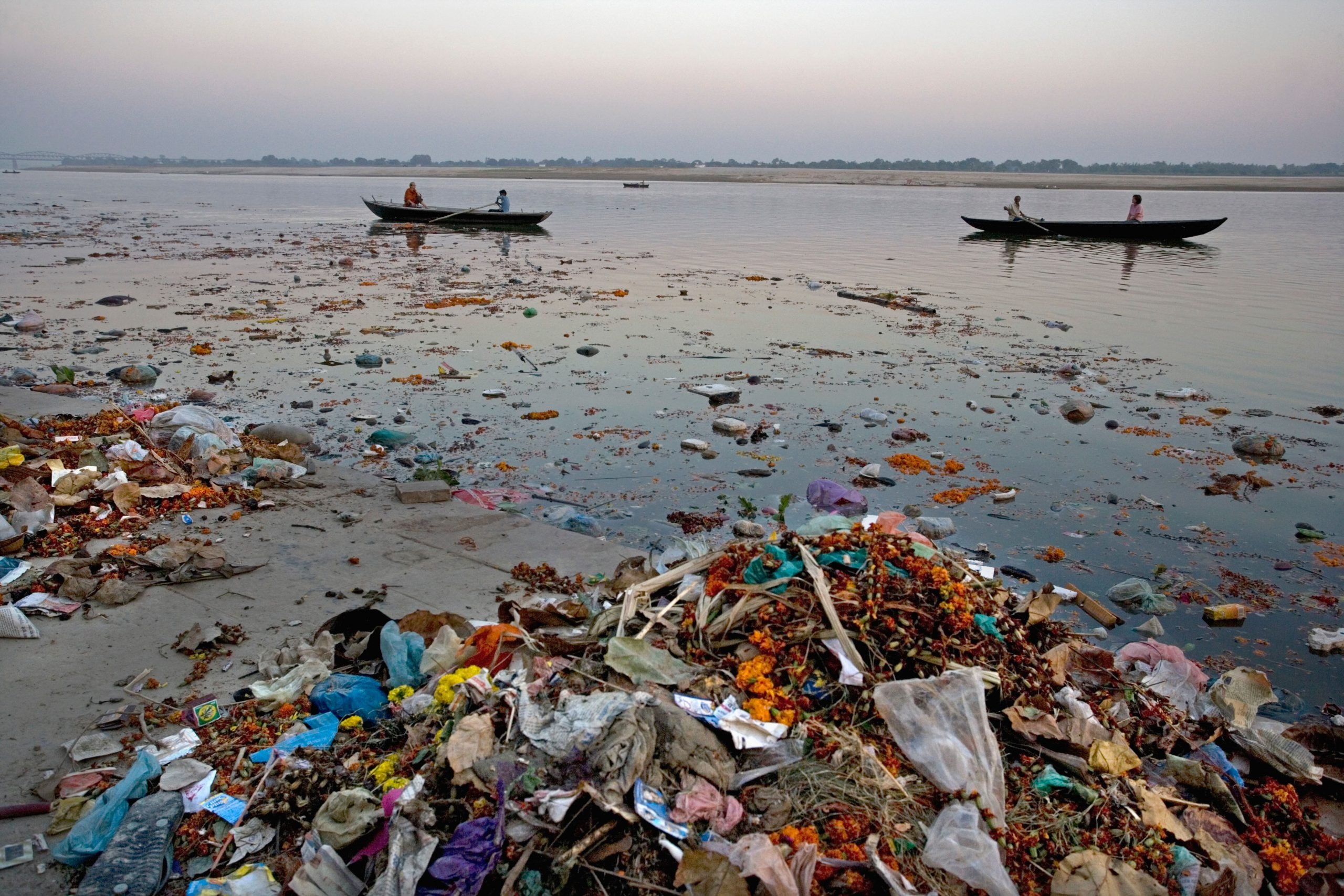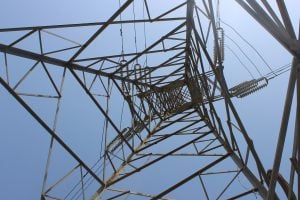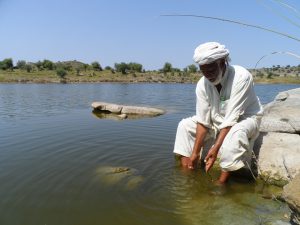In July 2014, soon after the Narendra Modi government took over, an unlikely mix of two ministers, technical experts, environment activists and Hindu priests, among others, pondered over ways to clean up and rejuvenate India’s largest and holiest river, the Ganga. This was not the first attempt at tackling pollution of the Ganga river. In 1986 the Indian government had launched the first phase of the Ganga Action Plan (GAP-I) to protect the main Ganga basin at selected stretches along 25 cities in Uttar Pradesh, Bihar and West Bengal states. The government launched an expanded second phase GAP-II in 1993 to include four key tributaries – Damodar, Gomti, Mahanadi and Yamuna. In 2009, the Indian government gave the Ganga the status of a ‘national river’ and re-launched GAP with a reconstituted National Ganga River Basin Authority, and focused on the entire river basin.
Impacts on the river
None of these seem to have made the river any cleaner, and the new action plan by the Indian government has been met with a cynicism by those that have experienced past failures. Bhagirath Singh, a seventy year old man from Uttar Pradesh who migrated to Delhi to work as a washerman along the banks of the river Yamuna, a tributary of the Ganga, is one such person. He grinned when thethirdpole.net mentioned the new national campaign. “It’s all talk,” he said, dismissively. “Look at Yamuna. It is like a toxic drain.”
His observation is not without merit. As it travels from the Himalayas into the Indo-Gangetic plains before emptying into the Bay of Bengal the Ganga is injected with a deadly cocktail of industrial pollutants and heavy metals. The river passes through five Indian states covering 26% of the country’s land and supporting 43% of its population, and all of them are helping pollute it further rather than clean it up.
![Indian Prime Minister hosts a meeting on cleaning the Ganga [image by Narendra Modi's official Flickr account]](/wp-content/uploads/2015/12/Cabinet-meeting-on-Ganga.jpg)
Nothing has changed since then. In fact isolated studies even indicate that the pollution is increasing rather decreasing despite the many campaigns, including in stretches which were once thought clean. In September 2015, a team led by Jitendra Pandey at the Ganga river ecology research laboratory in the Banaras Hindu University’s (BHU’s) environmental science division reported findings from their study along a 37-km stretch of the river to assess heavy metal concentrations upstream and downstream of Varanasi. They reported in Applied Water Science that the metal concentration rose consistently along the study gradient. The concentration in the river sediment was the highest for iron, followed by manganese, zinc, chromium, copper, nickel, lead and cadmium.
The BHU study followed on the heels of a study in and near Allahabad published in Environment Monitoring and Assessment on 30 August 2015 by Munmum Chakravorty and colleagues at the department of earth and planetary sciences at the Nehru Science Centre in the University of Allahabad. The study attempted to measure the amount of heavy metal pollution and its effect on the water chemistry, using magnetic techniques, in water samples in and near Allahabad city. They found “a significant increase” in the concentration of all heavy metals, including lead, zinc, vanadium, nickel, chromium, cobalt and manganese in sewage and mixed water samples due to increased effluent discharge from the catchment area.
They noted that earlier studies had already shown that the Ganga and Yamuna are already on, “the verge of a mega-environmental disaster due to pollutant discharge at various locations such as New Delhi, Mathura, Agra, Kanpur, Allahabad, Varanasi, Patna, Kolkata.” These cities house various small scale industrial units which produce leather, paint and pigment, paper pulp, domestic sewage, metal-alloys, and electric batteries. All of the effluents from these manufacturing processes – which use high amounts of heavy metals and chemicals – end up in the rivers.
A second study into the presence of heavy metals as pollutants was also conducted by a team led by Janardhan Raju, professor at the School of Environmental Sciences at the Jawaharlal Nehru University in Delhi. This study assessed soil pollution in and around Varanasi and was published in Environmental Monitoring Assessment on 12 May 2015. Raju’s study suggested that a policy of zero discharge of industrial effluents into the Ganga needed to be taken as an impetus. Otherwise the continuing release of heavy metals – especially by the leather industry – would have a catastrophic effect on the health of those living by the river.
Ganga pollution picture unclear
Unfortunately these studies are scattered, covering only parts of the route of the river, and while these areas show an increase in pollution, there is little data on how the whole river system is faring, nor do academics know how to do so. Chakravorty, for example, does not have definite plans to extend her research on heavy metal contamination in the Ganga. “We depend on grants from funding agency. As of now, we need to apply for one,” she said.
A 2014 briefing paper by the Delhi-based NGO, the Centre for Science and Environment (CSE), observed that “industrial pollution into the main Ganga has been an issue of attention and focus, but without much success. The problem is that many of the industries that discharge noxious chemical pollutants into the river are small-scale, where technologies for treatment are inadequate or unaffordable.” The CSE paper recommended tightening of enforcement of industrial pollution norms. In Uttar Pradesh, records show that almost all industries inspected by the CPCB in 2013 “are in breach of existing standards.” However since the release of the paper CSE has not found any signs of improvement. “There are good policies and programmes to clean up the Ganga, but they are on paper only. There is negligible action on the ground,” said Sushmita Sengupta, a CSE research analyst.
Without any attempts on the ground to regulate the main polluters into the Ganga, the new action plan of the government seems to be failing. Unfortunately because no mapping of pollution along the whole river has been done, the one question we cannot answer is how badly the plan is failing, and how many more Indians living by the Ganga are now at risk from the pollutants that are flowing in the waters, and seeping into the soil across the Indo-Gangetic plains.





